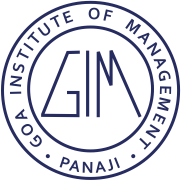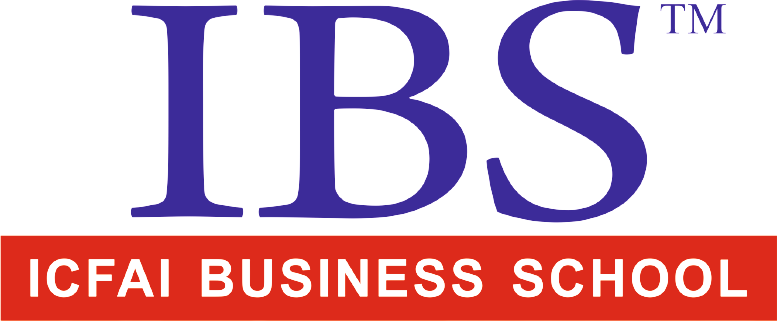MBA aspirants must be updated with General Awareness on current affairs. General Awareness topics with analytically drawn conclusions will benefit you in XAT, IIFT, NMAT, SNAP ,CMAT, MAT, and later in Post exams screening Tests like WAT, GD & PI , Essay writing , Extempore Speech..
Read General Awareness Topic:
MAT Phenomenon
We can understand the feelings of Albert Einstein when he said the toughest thing for him to understand in this world is income tax. So the complexities of the tax policy are not just endemic to India but it is a global phenomenon. It is not that only tax payer in the one who always finds himself at the receiving end due to the cumbersome tax structure but sometimes tax collectors also have to bear the fallouts of these complexities.
Many bigwig and blue-chip companies are able to exploit the loopholes, tax incentives and tax breaks ending up in paying minimum or no tax. It is not that these companies do some accounting manoeuvres to show losses and thus evade taxes. On the contrary, these companies were registering high book profits and were paying huge dividends to their shareholders as well but paying no tax to the government.
These companies were popularly known as ‘zero tax’ companies. Just to bring these companies in the tax net, Minimum Alternate Tax (MAT) was introduced in India in 1987. It was reintroduced in 1996-97 by adding Section 115JA in the Income Tax Act 1961.A company whose taxable income is less than 18.5% of its book profits comes under the net of MAT.
MAT and FIIs
In its original form, MAT has a provision that it would be implemented on domestic companies only. However, 2012, the Authority of Advance Rulings (AAR) held that MAT is applicable to even those foreign funds which do not have permanent establishment in India and more than 100 foreign institutional investors were given retrospective MAT notices. This ruling had the potential to spark an outflow of foreign institutional investments (FIIs).
In the breather to the FIIs, the Finance Minister on April 30, 2015 announced in the Parliament that MAT would not be applicable on foreign companies’ earnings from capital gains on securities, royalty, fee on technical services and interest. According to the media reports, government is about to release a circular that would stop demanding MAT due from the FIIs. As of now, the total MAT demand is of INR602 crores from 68 FIIs.
On September 29, 2015, the Supreme Court of India will hear a petition by Mauritius based Castleton Investment Limited against number of tax related issues in India including MAT. Since government has already manifested its intent to waive the MAT on FIIs, it is highly likely that Supreme Court will support Castleton Investment by ruling against the imposition of tax on FIIs.
Relevance of MAT
Among all the tax laws effective in India and elsewhere, there are provisions where tax breaks and incentives are provided when an enterprise also helps in delivering social justice through measures like increased spending on Corporate Social Responsibility (CSR) activities, investing in backward regions of the country, sources raw materials through small scale enterprises, employing disadvantaged sections of the society or setting up business in Special Economic Zones (SEZs) etc. By amendments to the Finance Act of 2011, Mat was made applicable to the SEZs.
By introducing tax incentives for such activities, the government actually promotes balanced regional development as well as increased income equality. But it is possible for a company earn a profit despite engaging in such activities to earn a tax break. Imposition of MAT actually nullifies the very objective of providing tax breaks as what the government is giving by right hand; it took it back from left hand. Thus, in the era of simplification of tax rules, MAT was in fact an addition to the already complex web of tax laws in India.
| Read More |  |
Stay informed, Stay ahead and stay inspired with MBA Rendezvous





